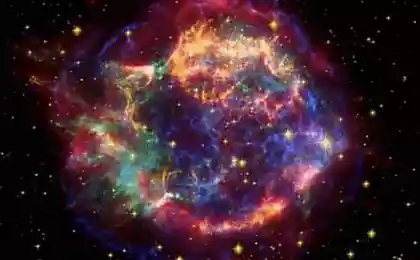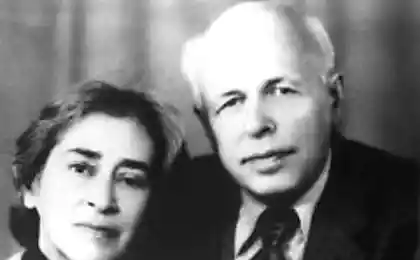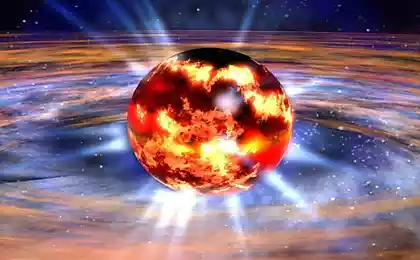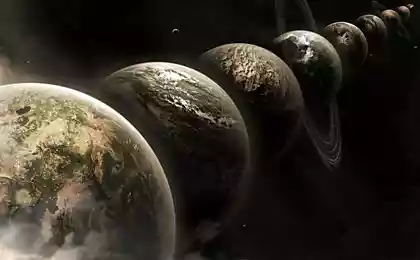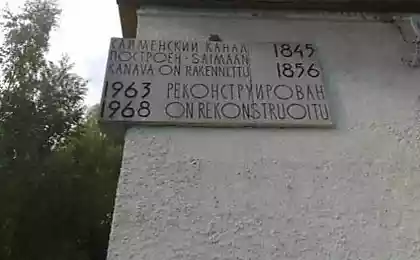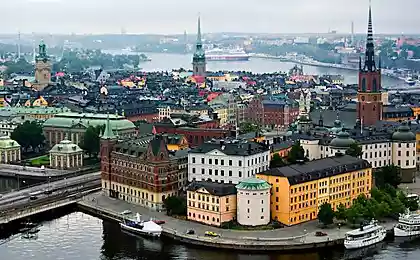704
The coldest place in the universe is in Finland
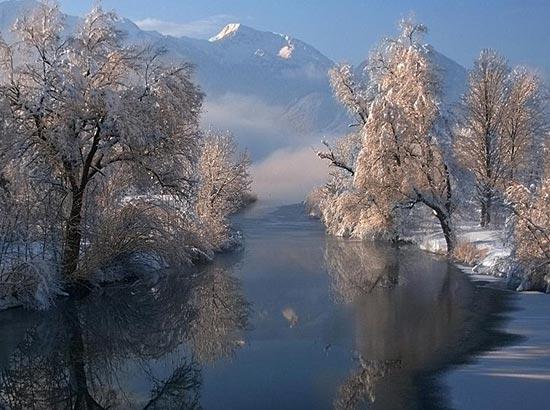
In 2000 a group of scientists from the Helsinki University of Technology cooled piece of rhodium to a temperature just ten billionths of a degree above absolute zero (-273 ° C).
Rhodium - a rare metal, mainly used in automotive exhaust gas converters.
Second on the "coolness" took the Massachusetts Institute of Technology. In 2003, the research team of the institution under the direction of Wolfgang Ketterle managed to get extremely cold gas of sodium.
In 2001, Ketterle was awarded the Nobel Prize in physics for his work on Bose-Einstein condensate - a new aggregate state in which a substance exists only at temperatures close to absolute zero. Interest in science have Ketterle awakened at an early age - when he amused cubes "Lego».
Such low temperatures are obtained in the laboratory, is an outstanding achievement. Even in deep space, beyond the solar system, the temperature hardly drops below minus 245 degrees Celsius.
The only notable exception is the Boomerang Nebula, astronomers Australian Open in 1979. She, by the way, and the truth is like a boomerang (or maybe on a bow tie). In the center of the nebula is a dying star, the mass of which exceeds three times the mass of our sun.
All the past 1,500 years the Boomerang Nebula emits gas in a wind blowing at a speed of 500,000 km / h. Just as the cool air that we breathe, and the gas is cooled, squeezed out of the nebula. Gas is two degrees colder space in which it is subsequently expanded. Due to the rapid expansion of the gas molecules nebula cooled to -271 ° C, which is the lowest of the officially registered in the nature of the natural temperature.
Source: www.bustersmyth.ru
via factroom.ru
Women are attracted to men in red
John Dalton who discovered color blindness, believed that in his eyes there is a blue Colour filter
